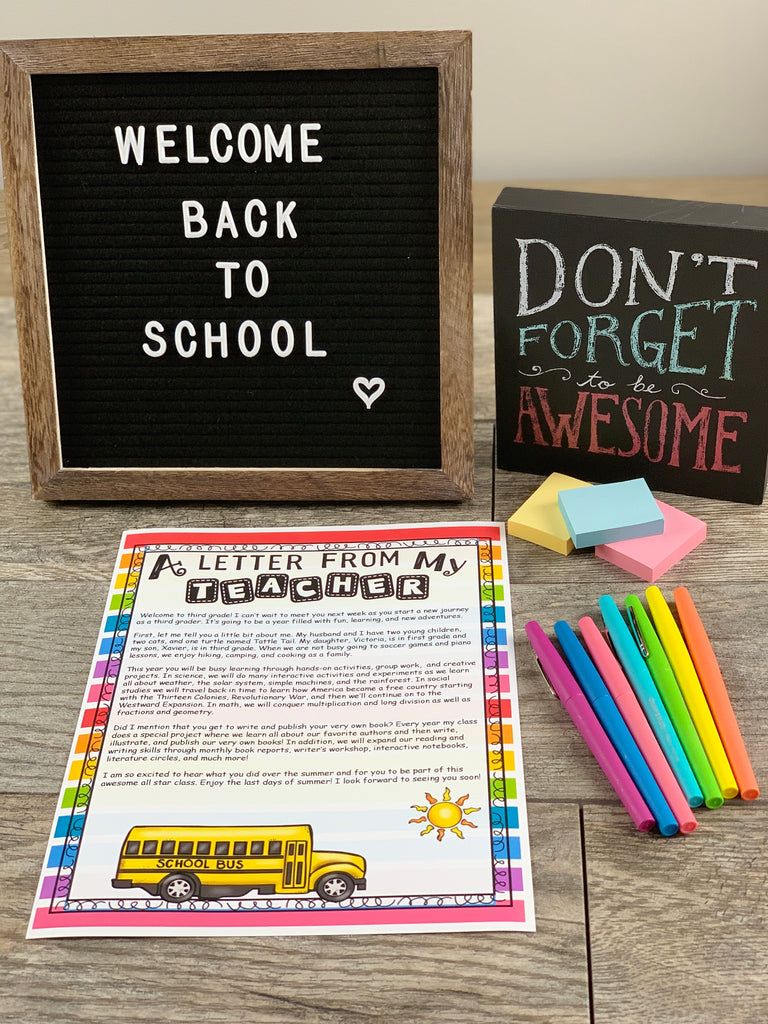Tax included. Shipping calculated at checkout.
News

How to Write the Perfect Welcome Back-to-School Letter
Aug 07, 2023
The start of a new school year marks a fresh beginning, a chance to create a positive classroom environment, and an opportunity to establish strong teacher-student connections. A well-crafted welcome back to school letter sets the tone for the entire year. Here's how to write the best welcome letter, along with some examples to inspire you. Start with a Warm Greeting Begin with a friendly and...

4 Reasons Why Coloring Should Be Part of Every Student's Daily Routine
Apr 13, 2023
As a parent or teacher, you might be surprised to find out that coloring is not just a fun activity for kids. In fact, it's something that can benefit students of all ages in ways you might have yet to consider. Research has shown that incorporating coloring into a student's daily routine can have a multitude of benefits that can positively impact their academic and...

6 Reasons Why You Should Visit a National Park With Kids
Apr 13, 2023
Visiting a national park with kids can be an excellent way to provide them with a unique educational experience and foster a love of nature and the outdoors. And it's fun family time! Visiting a national park with kids can be beneficial for many reasons: Educational opportunities: National parks offer many educational opportunities for kids, including learning about the natural environment, ecosystems, geology, wildlife, and more. Many national...
